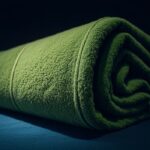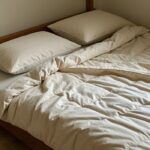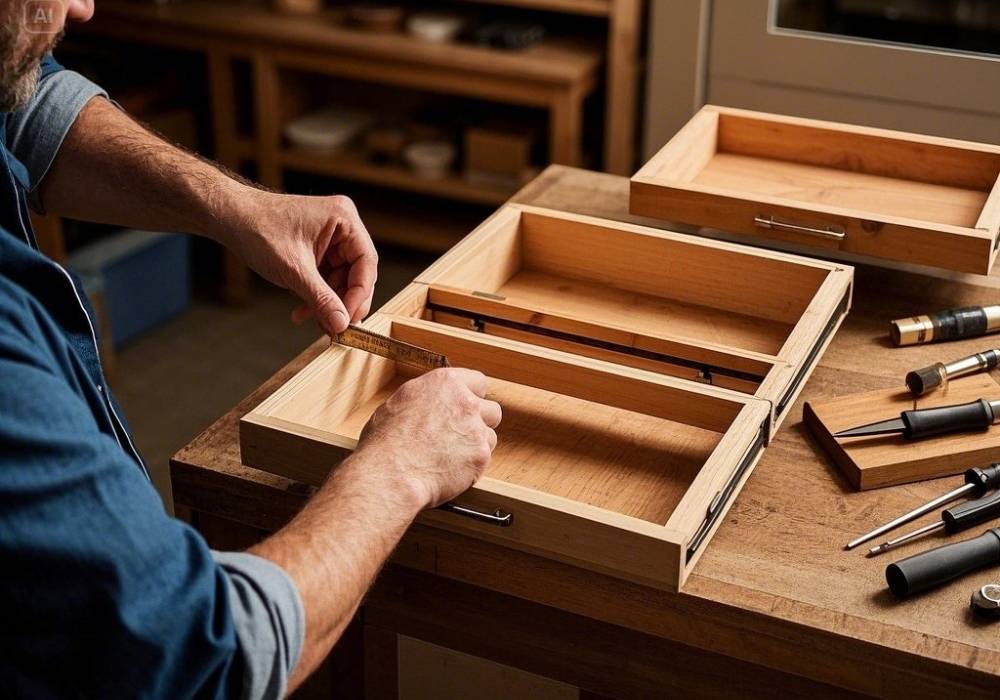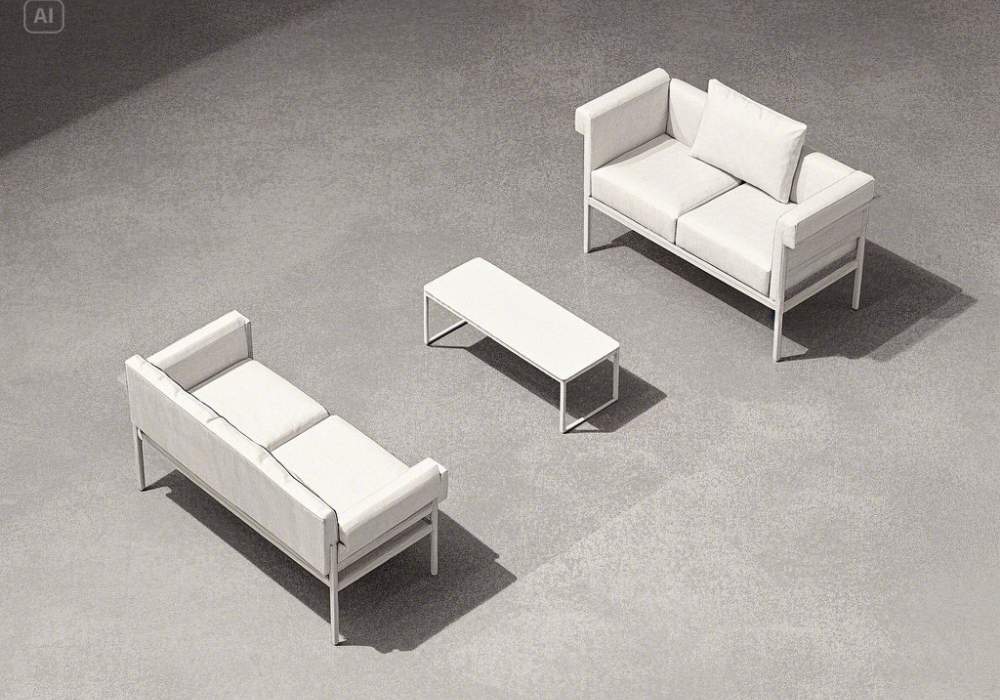When it comes to creating the perfect bed, the question often arises, “Do you put anything under a comforter?” If you’re wondering how to layer your bedding for both Comfort and aesthetics, you’re not alone. Many home decor enthusiasts and bedding shoppers face the same dilemma when styling their bedrooms.
This guide will take you through everything you need to know about what (if anything) you should place under your Comfort, the different types of bedding layers, and how each element contributes to a cozy, functional, and beautiful bed. Whether you’re a bedding novice or a design pro, this post will help you make informed decisions so your bedding setup is both practical and luxurious.
What’s the Purpose of a Comforter?
Before we answer whether you need to put anything under a comforter, let’s first clarify what Comfort is used for.
A comforter is a thick, quilted blanket that forms the top layer of your bed. Filled with materials like down feathers, synthetic fibers, or wool, it is designed primarily for warmth and visual impact. Beyond functionality, comforters also add an essential decorative element and come in a variety of colors, patterns, and textures to suit your style.
However, a comforter isn’t designed to function entirely on its own. When paired thoughtfully with other bedding elements, you can maximize its longevity, hygiene, and overall comfort level.
Bedding Layers 101

To better understand whether items should go under a comforter, we need to look at the standard layers of bedding. Here’s a quick breakdown of how a well-dressed bed is usually layered:
1. Fitted Sheet
This is your bottom-most sheet, designed to cover and protect the mattress. It provides a clean and comfortable base that you lie on and is usually made from soft, breathable fabrics like cotton or bamboo.
2. Flat Sheet (Optional)
A flat sheet, which is placed over the fitted sheet, acts as a barrier between you and the comforter. Not everyone uses one, but keeping a flat sheet can help reduce how often you need to launder your comforter.
3. Comforter
The comforter sits on top, typically serving as the centerpiece of your bedding. While it adds warmth and coziness, its position also makes it prone to spills, dirt, and wear and tear.
4. Decorative Layers(Optional)
Top things off with blankets, throws, and pillows for added texture and personality.
To sum it up, most bedding setups involve layers underneath the comforter, including at least a fitted and/or flat sheet, for practical reasons.
Reasons to Put Something Under Your Comforter

If you’re still unsure whether there’s a need to put anything on your comforter, let’s break down the benefits of layering underneath:
1. Protects Your Comforter
Comforters are bulky and not easy to wash regularly. By using a flat sheet (or a cover) between yourself and the comforter, you prevent direct contact with skin, sweat, and body oils. This helps maintain cleanliness and extends the comforter’s lifespan.
2. Adds Versatility
Using a flat sheet allows you to adjust the level of warmth. On warmer nights, you can sleep under just the sheet, leaving the comforter folded at the foot of the bed for later. On colder nights, it adds an extra layer of insulation.
3. Improves Comfort
A high-quality sheet set can enhance softness and breathability, making your bed more inviting. Sheets also often feel smoother against the skin compared to the fabric of a comforter, especially if it’s textured or decorative.
4. Boots Hygiene
Sheets are smaller and easier to wash than comforters. Having a layer underneath ensures you can clean your bedding regularly without tackling the hassle of laundering your entire comforter every week.
Overall, including layers beneath your comforter is a hygienic, practical, and aesthetically pleasing choice.
Do You Have to Use a Flat Sheet?
While the flat sheet is a traditional part of many bedding setups, some individuals prefer to skip it. This practice, popularized by European bed-making styles, opts for using a comforter or duvet with a removable cover instead of a flat sheet. Here’s how the two approaches compare:
Flat Sheet Pros:
. Acts as a protective layer between you and the comforter
. Minimizes how often the comforter needs to be washed
. Adds Versatility and allows for layering during temperature changes
Flat Sheet Cons:
. Can bunch up or tangle for restless sleepers
. Adds an extra step when making the bed, which some find tedious
Alternative Approach:
If flat sheets aren’t your style, consider using a duvet cover over your
comforter. A duvet cover protects the comforter and can be easily removed for laundering, making it an excellent alternative for those who prefer minimal bedding layers.
Ultimately, whether or not to use a flat sheet is a personal preference, though most bedding experts recommend keeping layers underneath your top bedding for maximum functionality.
Expert Tips for Styling a Layered Bed
To help you style functional yet visually appealing bedding with Comfort, here are some pro tips:
1. Invest in Quality Sheets
Choose high-thread-count cotton, linen, or bamboo sheets for a smooth, breathable surface. Opt for neutral tones or subtle patterns that complement your comforter.
2. Match or Contrast Smartly
Coordinate your comforter with fitted/flat sheets, or use contrasting colors for a layered, design-forward look. For instance, pairing a white comforter with navy sheets can create a crisp, modern style.
3. Use Bed Protectors
Besides a fitted sheet, consider adding a mattress protector for enhanced hygiene and durability.
4. Fold Comforters or Blankets at the Bottom
On warmer nights, fold the comforter neatly at the foot of your bed, giving your space an effortlessly chic look while still allowing you to layer up if needed later.
5. Rotate for the Seasons
Swap out comforters and top layers based on the season. Use lightweight comforters or quilts in summer and keep thicker down-filled options for winter.
6. Add Texture and Accessories
Decorative throws, accent pillows, or a textured quilt can elevate the look of your bed and make it the star of your room.
What Makes a Comfortable Bed Perfect?
Creating the perfect bed goes beyond just Comfort. It’s about finding the right balance of practicality, style, and hygiene. Whether you choose flat sheets, duvet covers, or alternate approaches to layering, the key is to align your choices with your personal preferences and sleeping habits.
Are you looking to refresh your bedding setup? Try experimenting with different combinations, fabrics, and textures to find your dream bed configuration. If you’ve already mastered the art of layering a bed, we’d love to hear your tips and tricks in the comments below!











